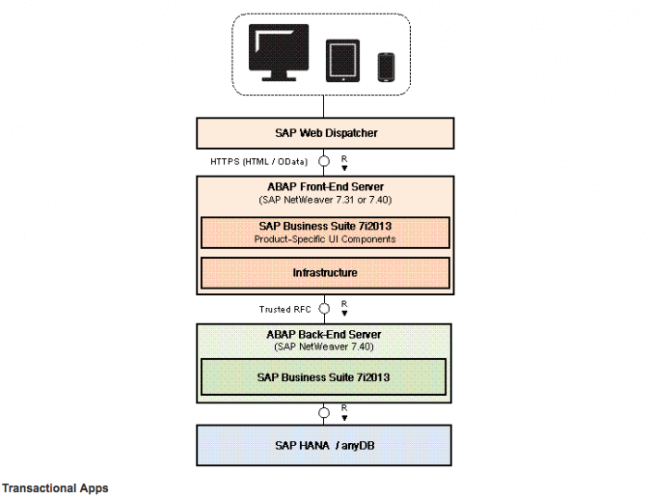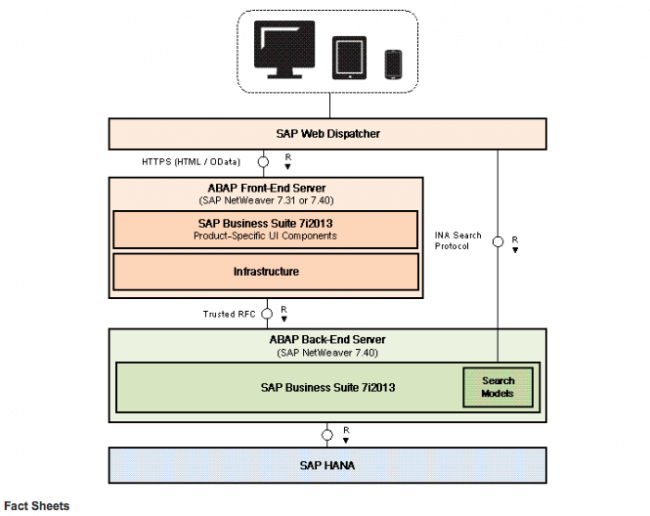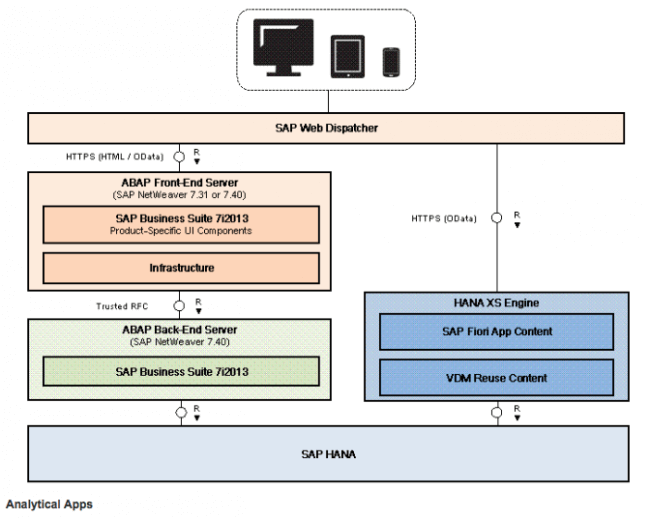Does it get any better? As of the 3rd of June, SAP Fiori is included for free within underlying licenses of SAP software. So it’s about time to write a hands-on blog regarding if and how you can use Fiori right away to improve your procurement processes.
Like I already mentioned in an earlier blog, currently SAP has a strong focus on the development of User Interaction and User Interfaces: SAPUI5. THE new way of SAP to present applications to end users. With use of SAPUI5 (UI Development Toolkit for HTML5) SAP Fiori has been developed.
SAP Fiori is a collection of web applications that are designed to be multi-channel: both desktop and mobile browser. This means that a single instance of the application will support end users regardless of the device they’re using.
will now be included within underlying licenses of SAP software – See more at: https://www.news-sap.com/sapphire-now-sap-fiori-user-experience/#sthash.NNNb00xD.dpuf
will now be included within underlying licenses of SAP software – See more at: https://www.news-sap.com/sapphire-now-sap-fiori-user-experience/#sthash.NNNb00xD.dpuf
Which applications are available for SAP Business Suite in SAP Fiori? An overview of the Apps available for the SAP Business Suite can be found in the Catalog of SAP Fiori Apps on help.sap.com.
When you are specific interested in applications for SAP Procurement (read in this case: SRM), then SAP Fiori Apps for SRM will give you a nice overview.
In these overviews it will be clear that there are three different app types, each distinguished by their focus and infrastructure requirements:
- Transactional apps
- Fact sheets
- Analytical apps
Transactional apps
These apps let you perform transactional tasks, such as approval of a Shopping cart. They represent simplified views and interaction with existing business processes and solutions. Transactional apps run best on an SAP HANA database, but can also be ported to other databases with acceptable performance. The following figure shows an overview of the system landscape for transactional apps.

Fact sheets
These apps display contextual information and key facts about central objects used in your business operations. From a fact sheet area (tile), you can drill down into its details. You can navigate from one fact sheet to its related fact sheets. From fact sheets, you can start transactions by navigating to transactional apps, or by accessing the back-end system directly. Fact sheets run only on an SAP HANA database and require an ABAP stack. The following figure shows an overview of the system landscape for fact sheets.

Analytical apps
These apps let you get a role-based insight into real-time operations of your business by collecting and displaying key figures directly in your browser. Analytical apps combine the data and analytical power of SAP HANA with the integration and interface components of SAP Business Suite. They provide real-time information on large volume data in a simplified front end for enterprise control. These apps run only on an SAP HANA database following the SAP HANA live (2-tier) architecture using virtual data models (VDM). The following figure shows an overview of the system landscape for analytical apps.

Besides the Fiori web applications, SAP has also delivered the SAP Fiori Client, a native application for iOS and Android. With the SAP Fiori Client the different web applications can be accessed directly from this app.
Would you like to know what the use cases are to improve your procurement processes by SAP Fiori? We will be pleased to explain this to you within an hour.
